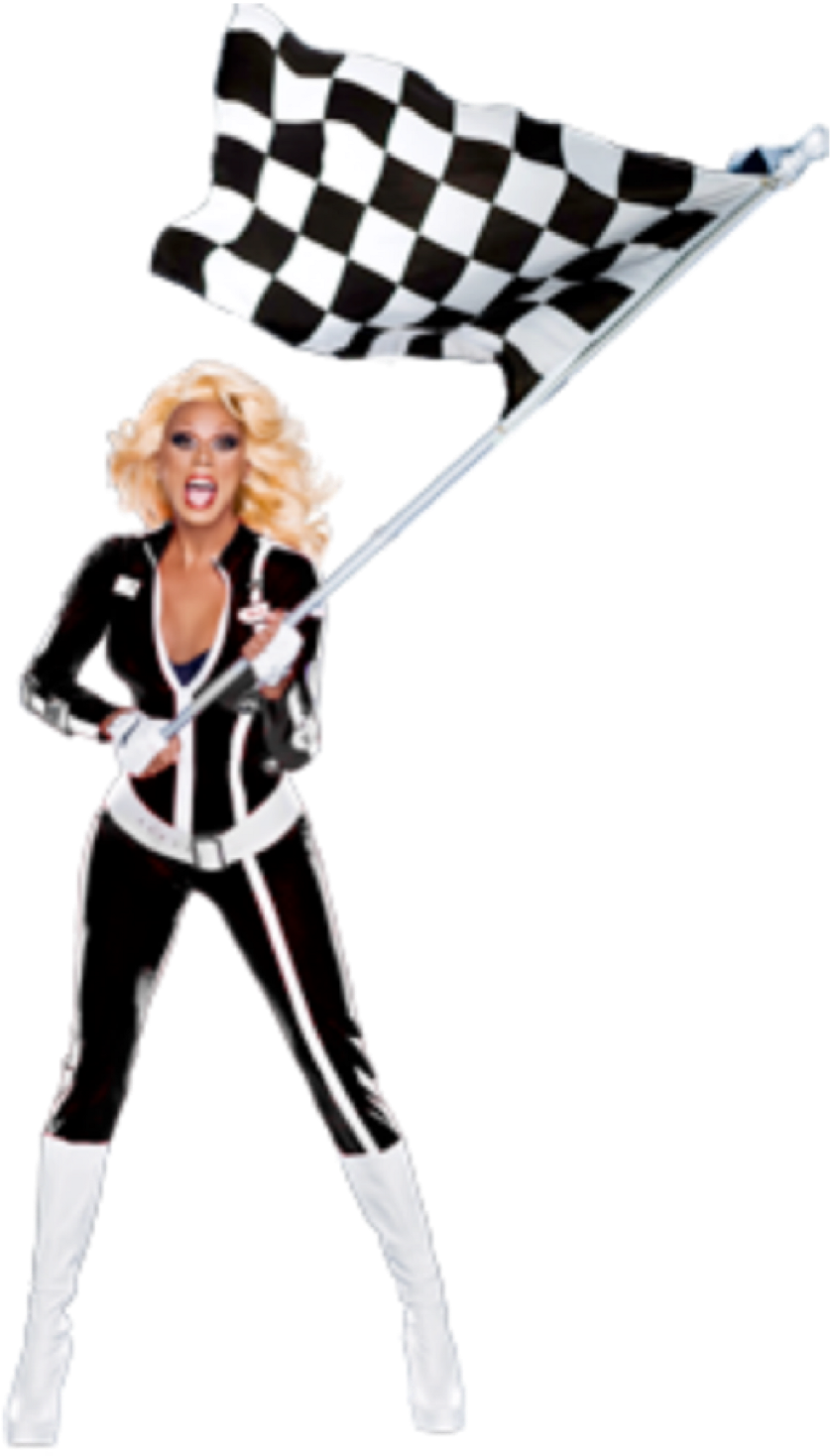Ela Falone

In front of my camera I expose my performative and theatrical side, becoming an alter ego immortalized and made independent of the medium.
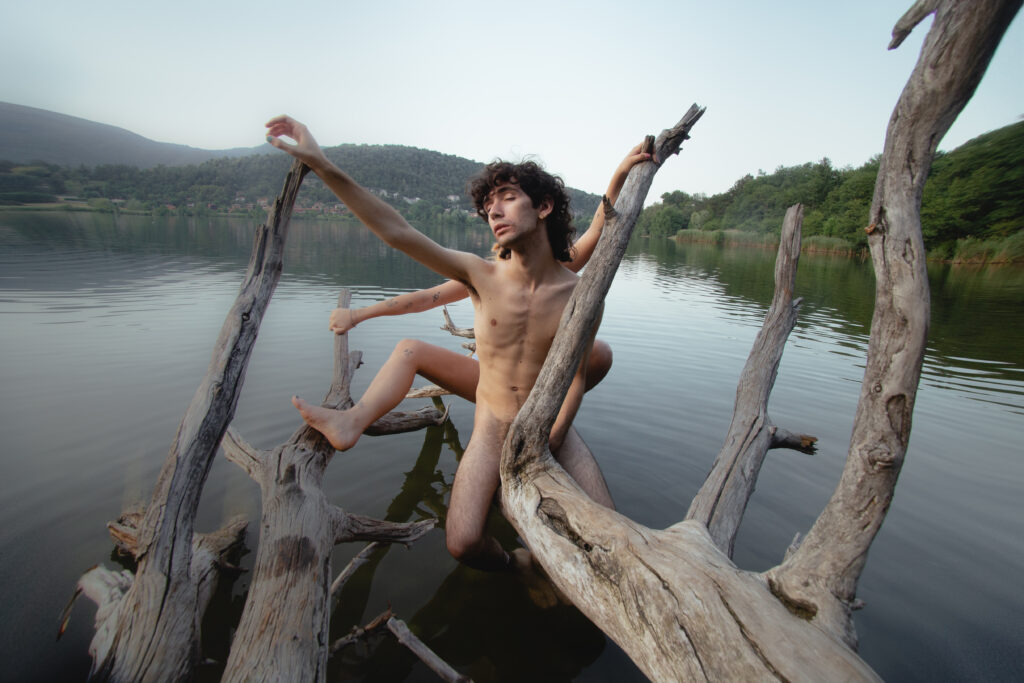
Marta Marrone: Photography is often a way to look at reality and the people around us with different eyes. I’ve seen that you work a lot with self-portraits, do you see yourself differently through the lens of your camera?
Ela Falone: Among all the approaches to photography that exist, the self-portrait experience is the most effective for directly investigating one’s self, the possibility of seeing oneself from multiple points of view increases the awareness of who we are but also of how we want to appear. In front of my camera I expose my performative and theatrical side, becoming an alter ego immortalized and made independent of the medium. Sometimes I become a medium myself, using my body in a plastic, abstract and sometimes even mimetic way, especially in natural contexts.
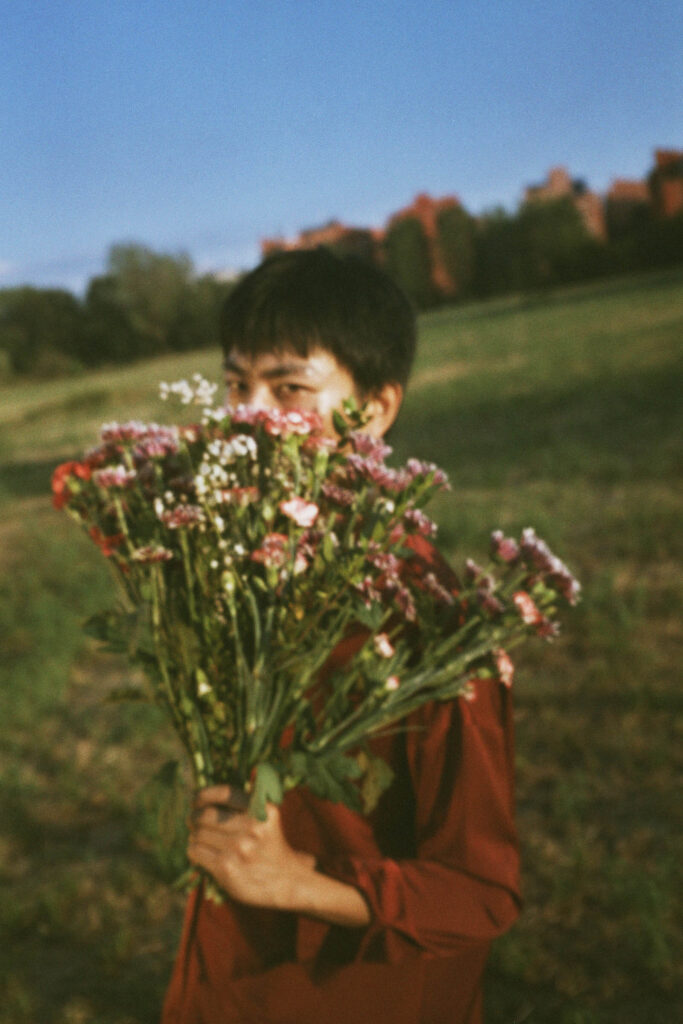
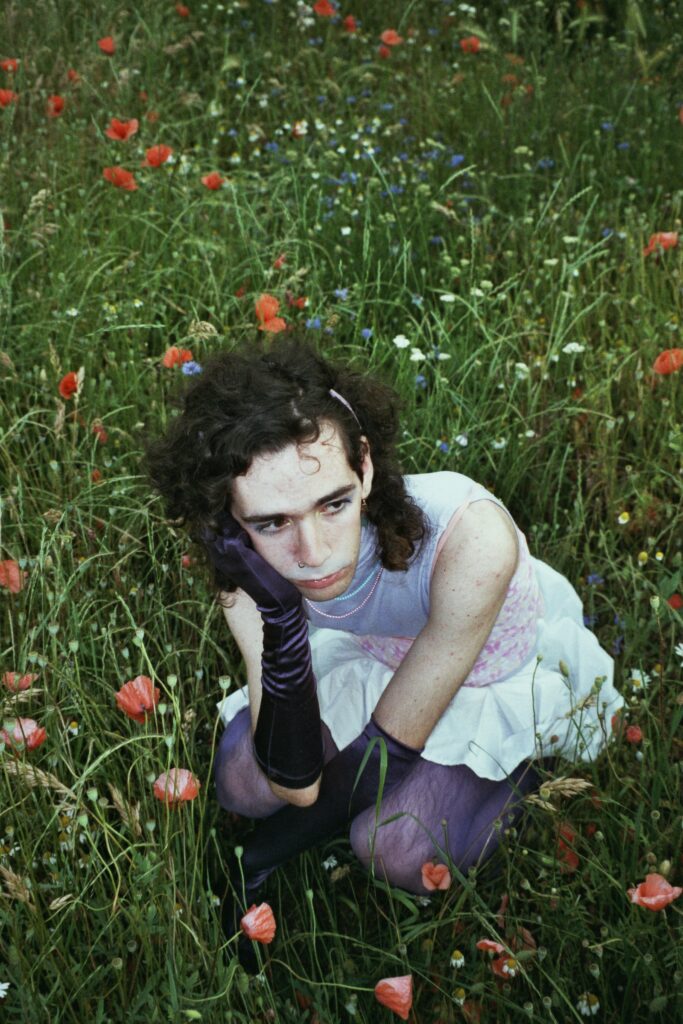
MM: A while ago I read a very interesting book by Roland Barthes, which described photography as the object of three practices: doing, looking and undergoing, by three different characters (respectively the photographer, the spectator, and the photographed subject). I believe i see a connection with your persona, especially in regards of the portrayed subject as “undergoing”. What do you think?
EF: I believe that sometimes the camera does not just capture an image, whether digital or in film, but steals a small nuance of the essence of the photographed subject. I in my turn manipulate this magical instrument to my liking, choosing the angles, the poses, the place and sometimes the dress of this particular ritual, in which all the elements give life to an image in which there is a doppelganger of the photographed subject, but who only has some parts of his person, often the most introspective, dark and intense.
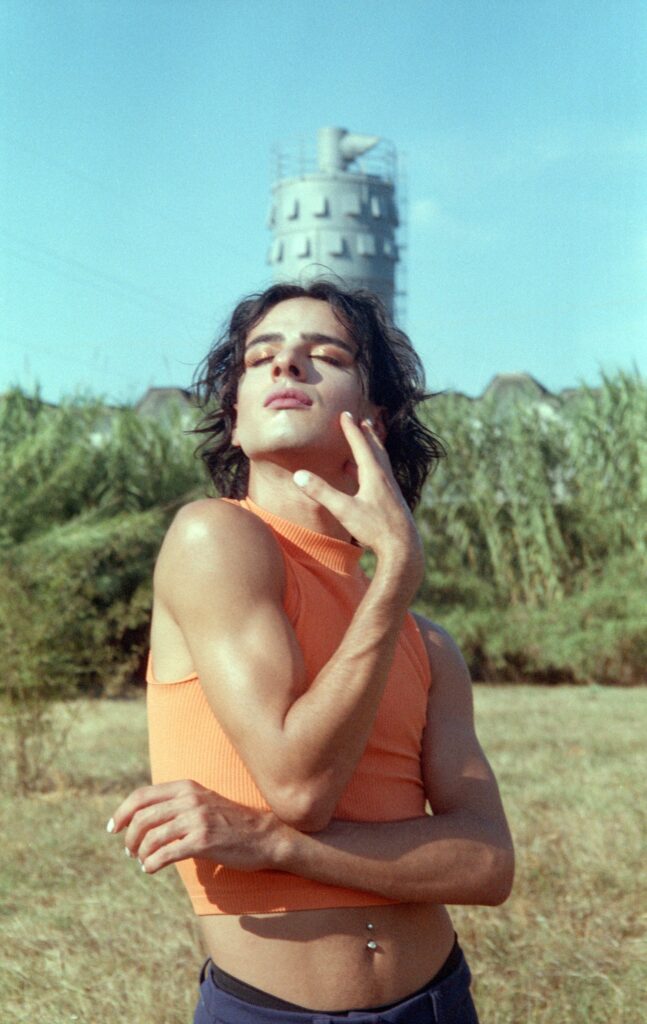
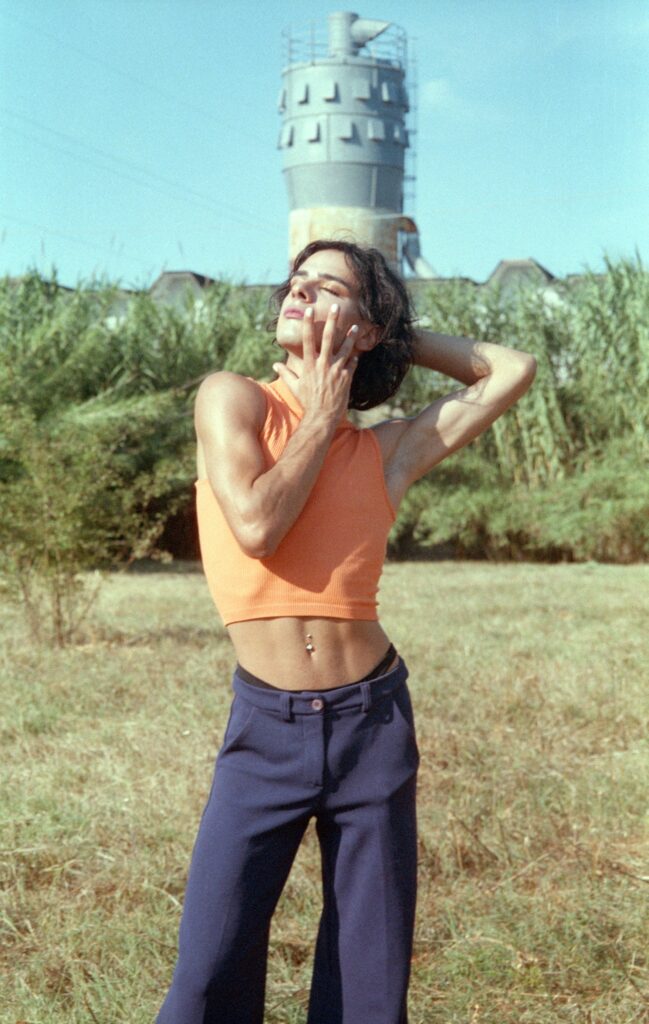
MM: Colours are a key element of your works. Delicate tones prevail in almost all of your photos, but themes that seem almost violent are often mentioned. Is this oxymoronic research intentional?
EF: The color in my work is essential, I try to make it very recognizable by manipulating the digital image or the expired roll of film. The use of natural light is also decisive, direct or reflected, I prefer it to artificial lights such as softboxes, this allows me to obtain delicate tones. These tones contrast involuntarily with much darker elements such as bare trees, desolate backgrounds, intense gazes and clear shadows, which come from the unconscious action of a mind that lives on the suburbs of a big city, but which above all has lived the provincial life in a smaller city with fewer possibilities like Pescara, where I come from. The Abruzzo area is geographically very liminal, full of green and pristine areas, and I believe this influence can be felt in my portraits.




